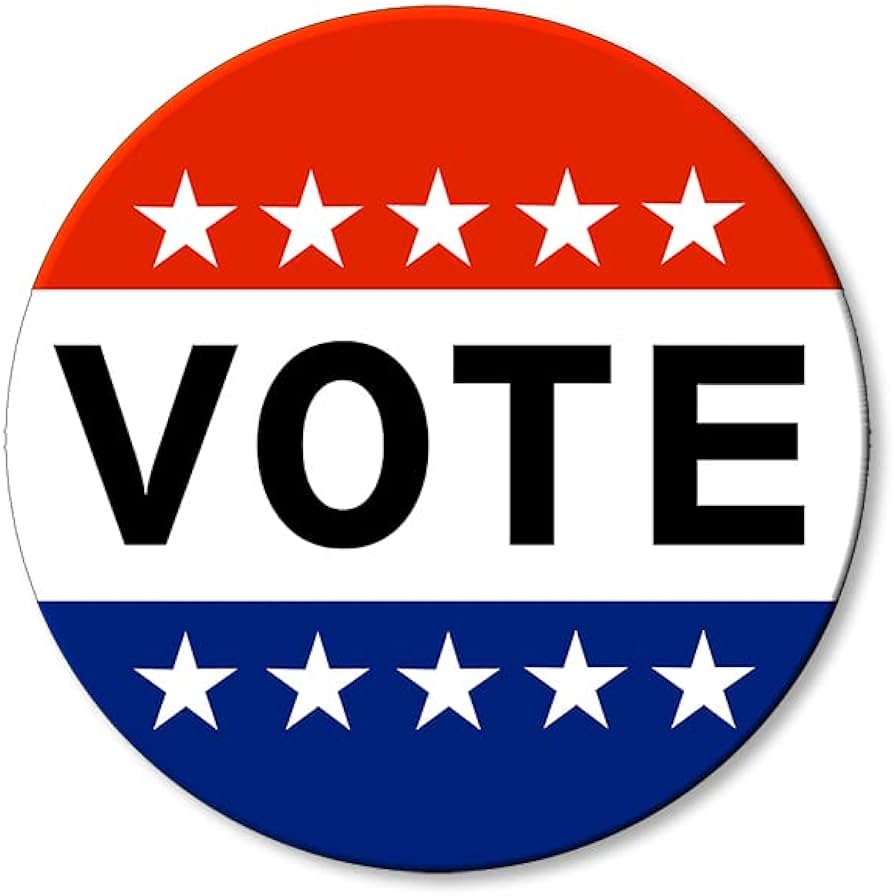

Yes, private organizations can set their own rules. That doesn’t change the basis of this ruling.
If a private club league had their own rules that said (among other things) “We do not tolerate promoting views that exclude on the basis of sexual identity during league events,” then the league would be within its rights to remove anyone violating that rule. Absent that, free speech applies. Especially for wearing something as vague as a pink bracelet.
Re: your example, there are many organizations that exclude on the basis of religion and sexual orientation. The Boy Scouts, for example, still require that members sign a Declaration of Religious Principle saying that they believe in some sort of higher power. This excludes atheists and agnostics. They also used to exclude homosexuals. The Supreme Court ruled in their favor back in the late 90s or early 00s that as a private organization they had the right to exclude whoever they wanted. They changed their stance on homosexuality voluntarily, but the SC ruling still applies. It is public institutions that cannot exclude, not private.
As far as this ruling goes, it’s not about the message it’s about the target and the fact that it was at a school function.


From the article: